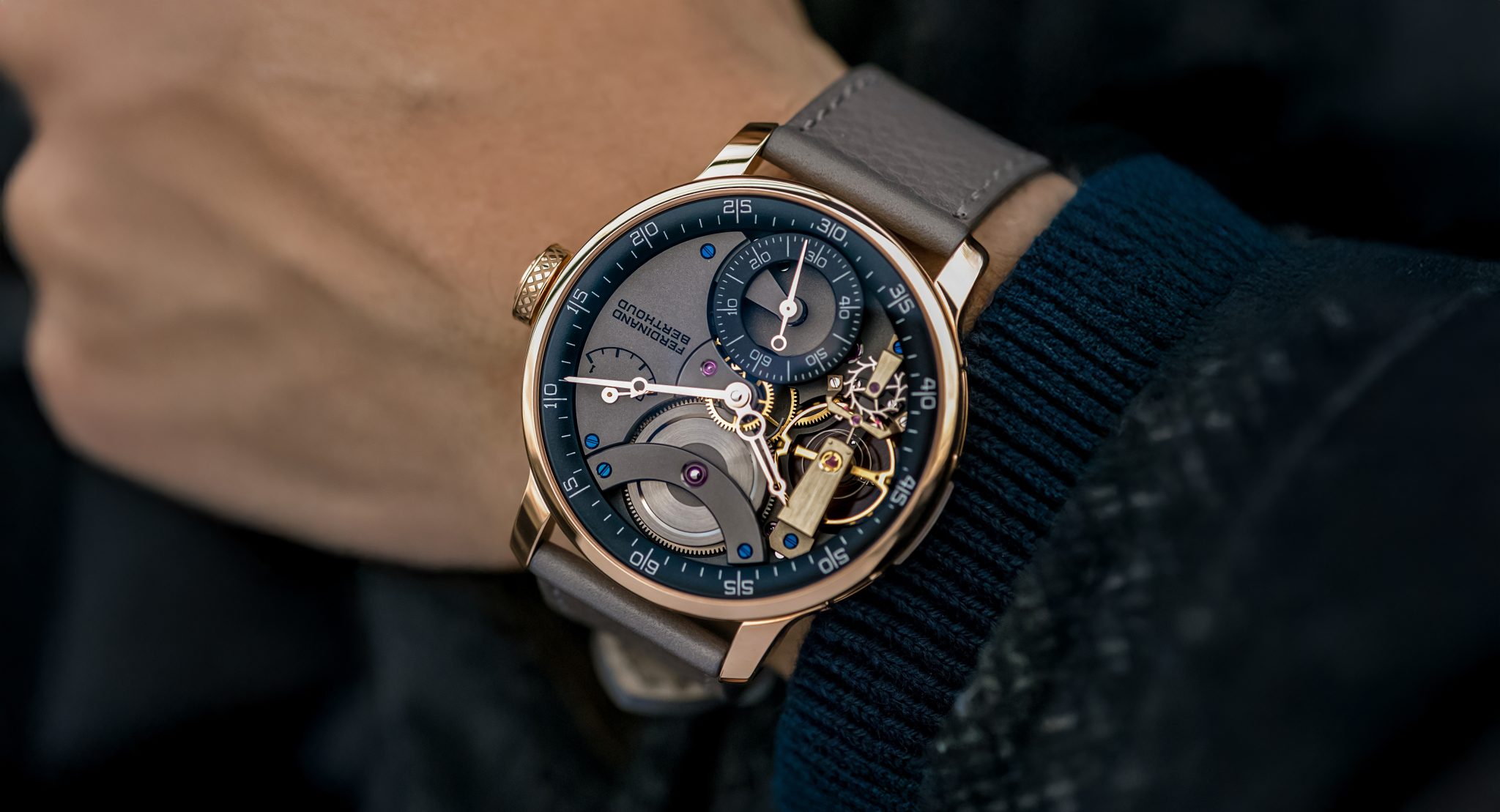
3700/11J Patek Philippe Nautilus
Despite the hype cycles, Tiffany nonsense, and general feeling that the 5711 is a part of the finance uniform, the Nautilus is a very significant and enduring design. If contrast is nature’s way of pointing toward beauty, the Cubitus has shown us how successful Genta’s original ideations were. In any event, the Nautilus remains one of the most influential Patek Philippes of the last century, for better or worse. In the 3700’s case, it’s definitely for the better. This was way back when Patek Philippe cut no corners and spared no expense to create the highest quality sporting wristwatch that 1976 could manage.
When first learning of watches, I’d always viewed the 3700 as a bit derivative of the Royal Oak, in philosophy, by Patek Philippe. The nuanced story is more interesting. Genta designed a handful of integrated sports watches simultaneously. Supposedly, after the Royal Oak release, Genta spotted Henri Stern having lunch with some senior members and pitched them a design that hadn’t been used at AP. The controversy is whether he sketched the Nautilus on the spot or not. Either way, Henri went for it. It was the first H-link bracelet with a different porthole bezel, still clearly Genta but distinct. The rest is history, with etymology from Jules Verne. Where the suggested RRP of a 5402 was a daring 1600 US, the 3700’s price was nearly double at 3100, steel vs steel. The confident design and daring asking price cemented the category and bolstered AP’s success as well.

Importantly, the 3700 stands apart from modern executions just on quality alone. The bracelet is screw construction, 150 pieces finished by hand. The case is monocoque, two piece and front-loading. The ‘ears’ of its design allow it to hinge open. Its dial sports hand-carved ribs, made at Stern. And it’s a Geneva Seal 920 ébacuhe. The 3700 used two casemakers, Favre Perret and Gay Fréres for the /1, then five years later Ateliers Réunis for the /11 which used a more tapered bracelet with thin links. The /11s are about half as produced, this is one. Current estimates place first series (/1) production at 3500 in steel, 600 bimetal, 1000 yellow gold, 40 white gold, and one platinum. Second (/11) reads 1300 steel, 300 bimetal, 500 yellow, 25, white, and 2 platinum. First series wear more stout, second more slender. All feel like eternally-lasting objects of extreme quality on wrist, which can’t be said of many modern counterparts. Whatever you make of the design, the thin refinement of the first 3700 has not been bettered.
This example looks mega all around. Everything tracks correctly for its age, dial type, handset, etc. Case looks to be not or only very lightly ever touched. It comes with its box, papers, and even a copy of the sales receipt from a well-regarded retailer.








